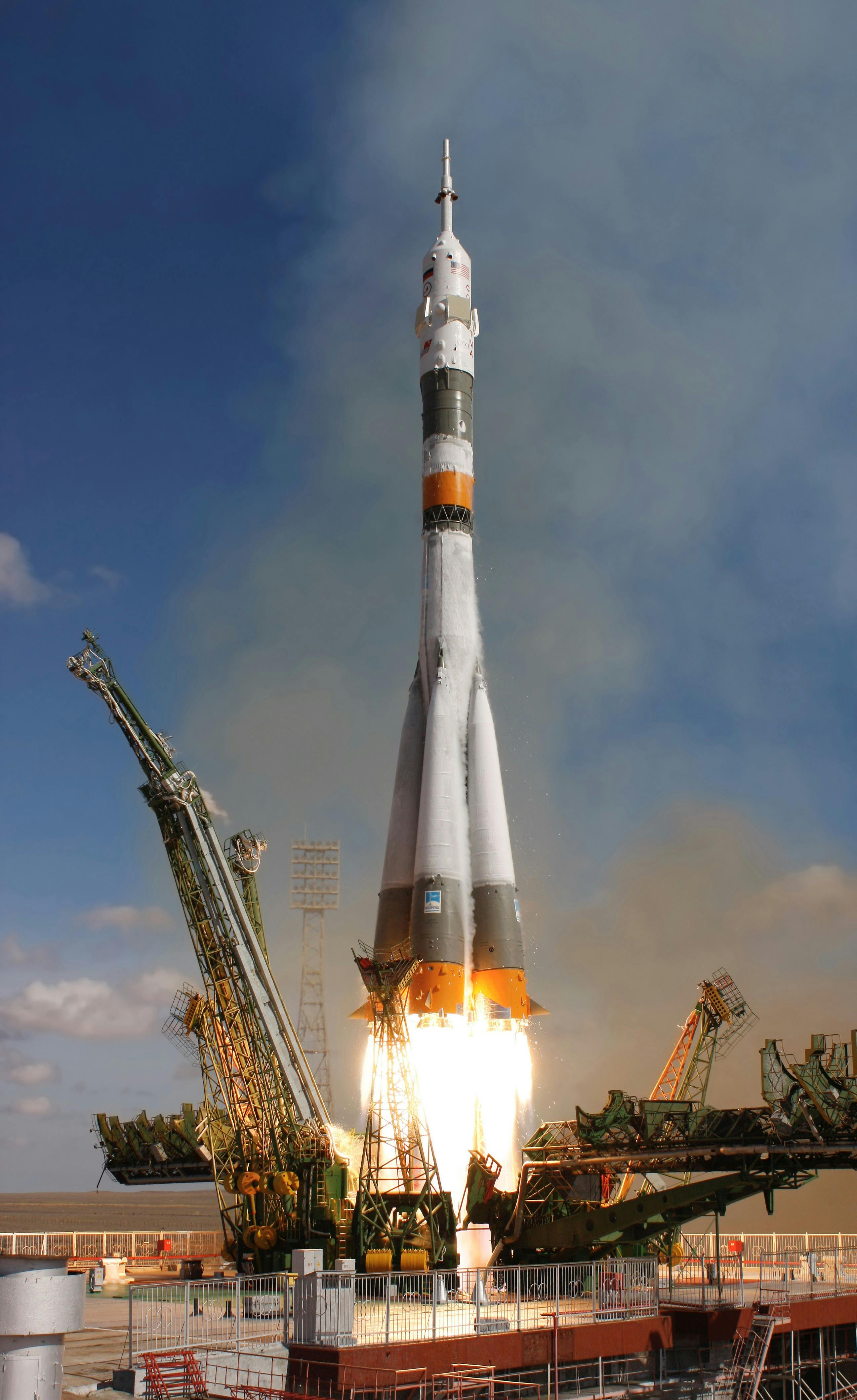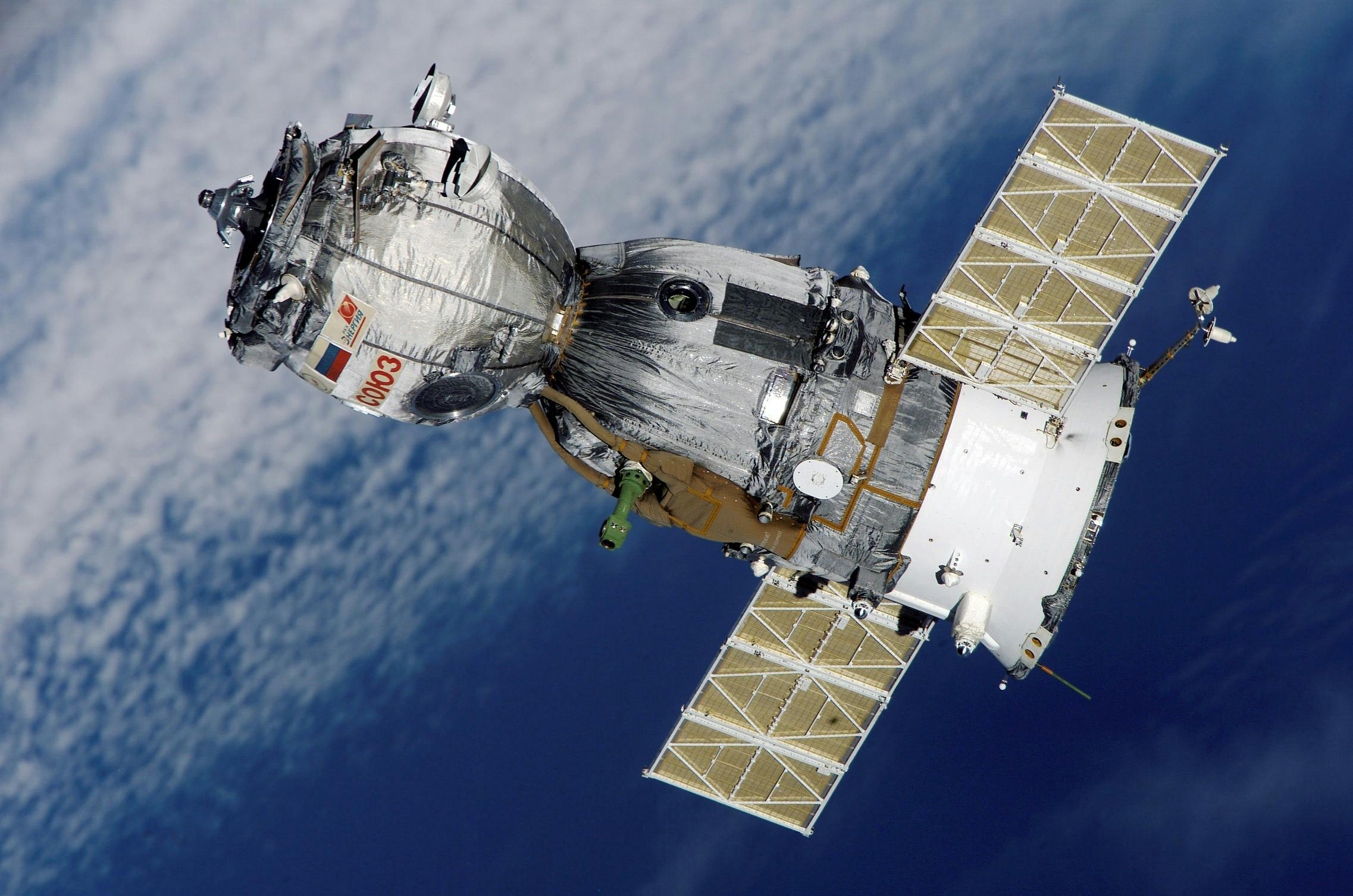Introduction
Astronauts are more than space travelers — they are scientists, engineers, doctors, pilots, and explorers representing the peak of human achievement. Becoming an astronaut requires a combination of advanced education, professional experience, exceptional health, and personal resilience. This page will guide you through the history of astronauts, what it takes to become one, the challenges of the career, and the exciting future of space exploration.
History of Astronauts
The journey of astronauts began with the **Space Race** in the mid-20th century. - In **1961**, Yuri Gagarin from the Soviet Union became the first human to orbit Earth. - In **1969**, Neil Armstrong and Buzz Aldrin became the first humans to set foot on the Moon. - From the 1980s to the 2000s, astronauts flew aboard the Space Shuttle, conducting missions that deployed satellites and built the International Space Station (ISS). Today, astronauts represent not only national agencies like NASA and ESA but also private companies exploring space tourism and interplanetary travel.

Apollo 11
The first successful Moon landing in 1969 by NASA astronauts Armstrong, Aldrin, and Collins.

International Space Station
A global collaboration where astronauts live and conduct experiments in low Earth orbit.

Commercial Astronauts
Private companies like SpaceX now launch astronauts, expanding opportunities in space.
Requirements to Become an Astronaut
Education
A bachelor’s degree in engineering, physical science, computer science, mathematics, or medicine is the minimum. Most astronauts also hold master’s or doctoral degrees.
Professional Experience
At least 3 years of relevant work experience, or 1,000 hours as a jet pilot-in-command. Many are engineers, scientists, or military pilots.
Physical Requirements
Excellent health, vision, and physical fitness are essential. Candidates must endure G-forces, isolation, and microgravity challenges.
Skills & Language
Astronauts need teamwork, leadership, problem-solving, and adaptability. Russian is often required for ISS missions.
Astronaut Training
Training lasts several years and prepares astronauts for spacecraft operations, emergencies, and long missions. It includes:
- Classroom studies in spacecraft systems, physics, and engineering.
- Flight training and underwater simulations to mimic weightlessness.
- Robotics and EVA (spacewalk) practice in neutral buoyancy pools.
- Survival training in jungles, deserts, and oceans.
- International teamwork training with other agencies.
Life as an Astronaut
Living in space is unlike anything on Earth. Astronauts adapt to floating in microgravity, eating pre-packaged meals, exercising daily, and conducting experiments in unique conditions. Sleep cycles follow strict schedules, and astronauts rely on communication with Earth to stay connected.
Daily Routine
Workdays include maintenance, science experiments, exercise, and planning for spacewalks.
Challenges
Isolation, radiation, bone density loss, and confinement make mental and physical health crucial.
Career Opportunities in Space
Astronauts are only one part of the space industry. Careers exist in aerospace engineering, robotics, medicine, planetary science, and space law.
Engineering
Design spacecraft, habitats, and life-support systems.
Mission Control
Guide spacecraft and astronauts from Earth-based operations centers.
Medical
Ensure astronaut health, develop treatments, and study medicine in space.
Future of Astronaut Careers
The 21st century is opening new doors for astronauts. NASA’s Artemis missions aim for the Moon, while private companies are planning Mars missions, space hotels, and asteroid mining. The next generation of astronauts may help build permanent colonies on the Moon or even Mars.